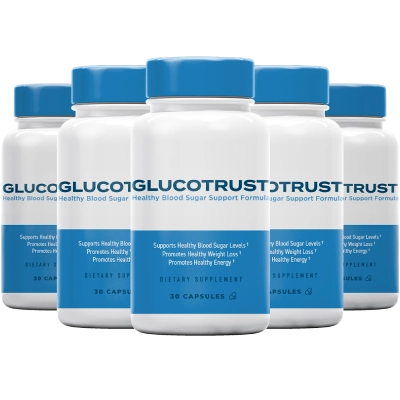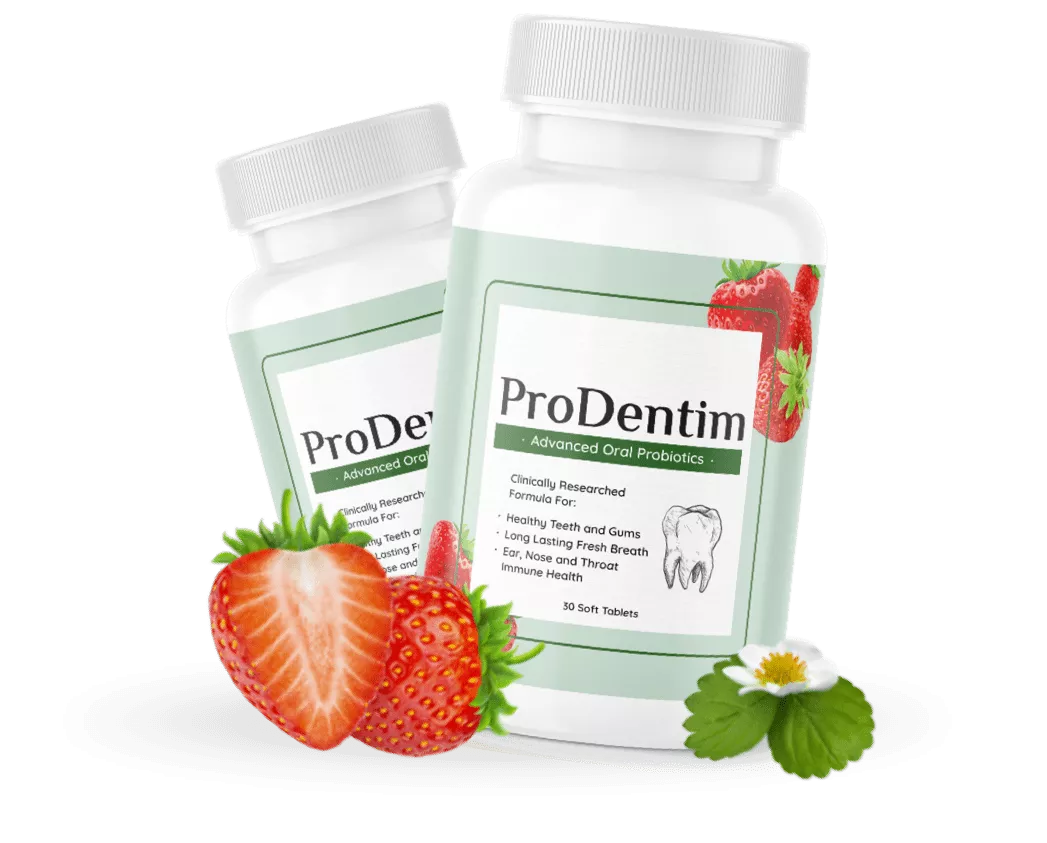Introduction
Joining a yoga class can be a transformative experience for both your body and mind. Whether you’re new to yoga or looking to deepen your practice, attending a structured class provides expert guidance, a supportive environment, and the motivation to stay consistent. Yoga classes cater to all skill levels, offering a variety of styles and techniques to suit individual needs and goals.
In this comprehensive guide, we’ll explore the benefits of joining a yoga class, the different types of classes available, and how to choose the right one for your lifestyle and fitness journey.
The Benefits of Joining a Yoga Class
Attending a yoga class offers more than just physical exercise. It’s a holistic experience that promotes wellness, mindfulness, and community.
1. Expert Guidance
Instructors in a yoga class provide personalized corrections, ensuring proper alignment and form. This reduces the risk of injury and maximizes the benefits of each pose.
2. Enhanced Motivation
Practicing with a group can keep you motivated and accountable. The shared energy and collective focus in a yoga class create an inspiring atmosphere.
3. Stress Relief and Mental Clarity
Yoga emphasizes breath control and mindfulness, helping participants release stress and find mental calmness. A yoga class provides a structured space to disconnect from daily distractions.
4. Community and Connection
Attending a class fosters a sense of community, offering opportunities to meet like-minded individuals. This social aspect can be especially rewarding for those seeking connection and support.
5. Access to Diverse Techniques
Yoga classes often include a variety of styles, from restorative to power yoga, allowing you to experiment and find what works best for your body and goals.
Types of Yoga Classes
Yoga is a versatile practice, and the variety of classes available ensures there’s something for everyone. Here’s a breakdown of the most popular types of yoga classes:
1. Hatha Yoga
- What It Is: A gentle class focused on basic poses and breathing techniques.
- Who It’s For: Perfect for beginners or anyone seeking a slower-paced session to learn foundational poses.
2. Vinyasa Yoga
- What It Is: A dynamic class linking breath to movement, creating a flowing sequence of poses.
- Who It’s For: Ideal for those who enjoy a mix of cardio and mindfulness.
3. Power Yoga
- What It Is: A vigorous class designed to build strength and endurance through challenging poses.
- Who It’s For: Great for fitness enthusiasts looking to combine yoga with a full-body workout.
4. Restorative Yoga
- What It Is: A slow-paced class focused on relaxation and recovery, often using props to support the body.
- Who It’s For: Perfect for those looking to relieve stress or recover from physical exertion.
5. Bikram or Hot Yoga
- What It Is: A sequence of poses performed in a heated room to encourage flexibility and detoxification.
- Who It’s For: Best for individuals who enjoy a sweat-inducing, high-intensity environment.
6. Yin Yoga
- What It Is: A meditative class with long-held poses targeting deep connective tissues.
- Who It’s For: Suitable for those seeking to improve flexibility and mental stillness.
7. Prenatal Yoga
- What It Is: A class tailored for expectant mothers, focusing on gentle poses and breathwork.
- Who It’s For: Pregnant women looking to maintain fitness and prepare for childbirth.
How to Choose the Right Yoga Class
Selecting the right yoga class is essential for an enjoyable and beneficial experience. Here are some tips to guide your decision:
1. Assess Your Goals
Determine what you hope to achieve from yoga, whether it’s stress relief, improved flexibility, or building strength. Your goals will help you select a class that aligns with your needs.
2. Consider Your Skill Level
Beginner-friendly classes, like Hatha or Restorative yoga, are ideal for newcomers, while more advanced styles, like Power or Bikram yoga, cater to experienced practitioners.
3. Think About Your Preferences
Do you prefer a fast-paced, energetic session or a calming, meditative experience? Your preferences will influence your choice of class style.
4. Evaluate the Instructor
Research the instructor’s qualifications and teaching style. A good instructor creates a welcoming and supportive environment for all participants.
5. Explore Class Formats
Yoga classes are available in various formats, including in-person, online, and hybrid options. Choose one that fits your schedule and comfort level.
What to Expect in Your First Yoga Class
If you’re new to yoga, attending your first class can feel intimidating. Knowing what to expect can help ease any anxiety:
1. Arrive Early
Arriving 10–15 minutes before class allows you to settle in, meet the instructor, and choose a comfortable spot.
2. Bring the Essentials
Pack a yoga mat, water bottle, and towel. Some studios provide props like blocks and straps, but it’s worth checking beforehand.
3. Wear Comfortable Clothing
Opt for breathable, stretchy clothing that allows for a full range of motion.
4. Listen to Your Body
Yoga is a personal journey, so don’t feel pressured to keep up with others. Modify poses as needed and rest when necessary.
5. Follow the Instructor’s Cues
Pay attention to the instructor’s guidance, especially for alignment and breathing techniques.
Tips for Maximizing Your Yoga Class Experience
To get the most out of your yoga class, keep these tips in mind:
- Set an Intention: Start each session with a clear intention, such as increasing flexibility or finding mental clarity.
- Focus on Your Breath: Breathwork is a cornerstone of yoga, helping you stay present and aligned with your movements.
- Consistency Is Key: Regular attendance enhances your progress and helps you fully experience the benefits of yoga.
- Engage with the Community: Building connections with fellow participants can enrich your experience and foster accountability.
- Reflect After Class: Take a moment to reflect on how you feel after each session and any insights you gained.
The Mental and Emotional Benefits of a Yoga Class
Beyond physical fitness, yoga classes offer profound mental and emotional benefits:
- Reduces Stress: The structured environment and focus on breathwork help lower cortisol levels and promote relaxation.
- Improves Focus: Yoga trains your mind to stay present, enhancing concentration and productivity in other areas of life.
- Builds Emotional Resilience: Regular practice fosters self-awareness and equips you to handle emotions constructively.
- Enhances Sleep Quality: Many participants report improved sleep patterns thanks to the calming effects of yoga.
Joining a Yoga Class Online
With the rise of virtual fitness platforms, attending a yoga class online has never been easier. Virtual classes offer flexibility and convenience, allowing you to practice from the comfort of your home.
1. Benefits of Online Yoga Classes
- Accessibility: Access a wide range of classes and instructors worldwide.
- Customizable Schedules: Fit sessions into your day without commuting.
- Variety: Explore different styles and levels at your own pace.
2. Tips for a Successful Online Class
- Create a Dedicated Space: Set up a quiet area with enough room to move freely.
- Test Technology: Ensure your device, camera, and internet connection are ready before class.
- Engage Fully: Treat virtual classes with the same focus and commitment as in-person sessions.
Deepening Your Yoga Class Experience
Attending a yoga class is more than just showing up on your mat—it’s an opportunity to immerse yourself in a practice that nurtures your body, mind, and spirit. Whether you’re a beginner or a seasoned yogi, there are several ways to deepen your experience and make the most out of every session.
1. Explore Advanced Techniques
Once you’ve mastered the basics, a yoga class can become a gateway to exploring more advanced techniques. These include:
- Pranayama (Breath Control): Most yoga classes introduce basic breathwork, but as you advance, you can explore deeper techniques like Nadi Shodhana (alternate nostril breathing) or Kapalabhati (skull-shining breath). These practices can elevate your mental clarity and energy levels.
- Advanced Asanas (Poses): Working on challenging poses such as inversions (e.g., headstands) or arm balances (e.g., crow pose) can push your limits and enhance both strength and focus.
- Meditation Practices: Many yoga classes include guided meditations. Over time, you can explore more meditative forms of yoga, such as Yoga Nidra, which promotes deep relaxation and inner awareness.
Engaging with advanced techniques can enrich your yoga journey, allowing you to experience its transformative potential fully.
2. Build a Relationship with Your Instructor
Your instructor plays a crucial role in guiding and supporting your practice. Building a connection with them can enhance your yoga class experience:
- Seek Feedback: Don’t hesitate to ask your instructor for advice on improving alignment or adapting poses to suit your needs.
- Share Your Goals: Communicate your objectives—whether it’s increasing flexibility, managing stress, or learning advanced poses—so your instructor can provide personalized guidance.
- Participate in Workshops: Many instructors offer specialized workshops outside of regular classes, providing an opportunity to delve deeper into specific aspects of yoga.
A good instructor not only corrects your form but also inspires and motivates you to grow in your practice.
3. Create a Consistent Routine
Consistency is key to reaping the benefits of yoga. Establishing a regular schedule for attending yoga classes can help you stay committed:
- Choose Set Days: Designate specific days and times for your classes to make yoga a consistent part of your routine.
- Balance Intensity: Alternate between vigorous classes like Power Yoga and restorative sessions to ensure you’re challenging your body while giving it time to recover.
- Track Your Progress: Keep a journal to document your physical and mental improvements, such as increased flexibility or reduced stress levels.
A consistent routine not only improves your skills but also allows yoga to become a cornerstone of your overall wellness journey.
4. Cultivate a Mindful Approach
Yoga is more than a physical exercise—it’s a practice rooted in mindfulness and self-awareness. To deepen your experience, focus on cultivating mindfulness during each session:
- Be Present: Let go of distractions and fully immerse yourself in the poses, breathwork, and sensations of your body.
- Set Intentions: Begin each class with a specific intention, such as cultivating gratitude, patience, or inner peace.
- Listen to Your Body: Respect your limits and honor what your body needs, whether it’s pushing into a deeper stretch or taking a moment of rest.
Practicing mindfulness in your yoga class not only enhances your physical performance but also nurtures mental clarity and emotional resilience.
5. Expand Your Practice Beyond the Studio
While yoga classes provide structure and guidance, your practice doesn’t have to end when you leave the studio. Expanding your yoga journey beyond the class can amplify its impact on your life:
- Home Practice: Dedicate time to practicing poses and sequences you’ve learned in class at home.
- Incorporate Yoga Principles: Apply yoga’s teachings, such as compassion and non-attachment, to your daily life.
- Explore Yoga Philosophy: Dive into texts like the Yoga Sutras of Patanjali or learn about the Eight Limbs of Yoga to deepen your understanding of its principles.
Bringing yoga into your everyday life transforms it from a weekly activity into a lifelong journey of growth and self-discovery.
By exploring advanced techniques, building connections with instructors, creating a consistent routine, cultivating mindfulness, and expanding your practice beyond the studio, you can elevate your yoga class experience. This deeper engagement will allow you to fully embrace the physical, mental, and emotional benefits that yoga has to offer, making it an integral part of your overall well-being.
Conclusion
Joining a yoga class offers countless benefits for your physical, mental, and emotional well-being. Whether you’re seeking improved flexibility, stress relief, or a sense of community, there’s a class tailored to your needs. By exploring different styles, committing to regular practice, and embracing the supportive environment of a yoga class, you can embark on a transformative journey toward greater health and wellness.
Take the first step today and discover the life-changing benefits of yoga classes. Your mind, body, and spirit will thank you.














